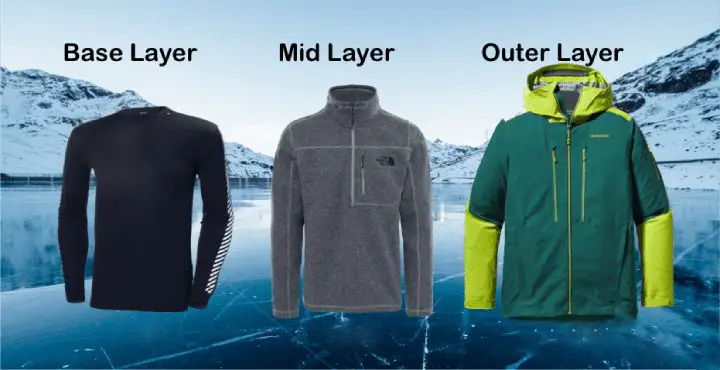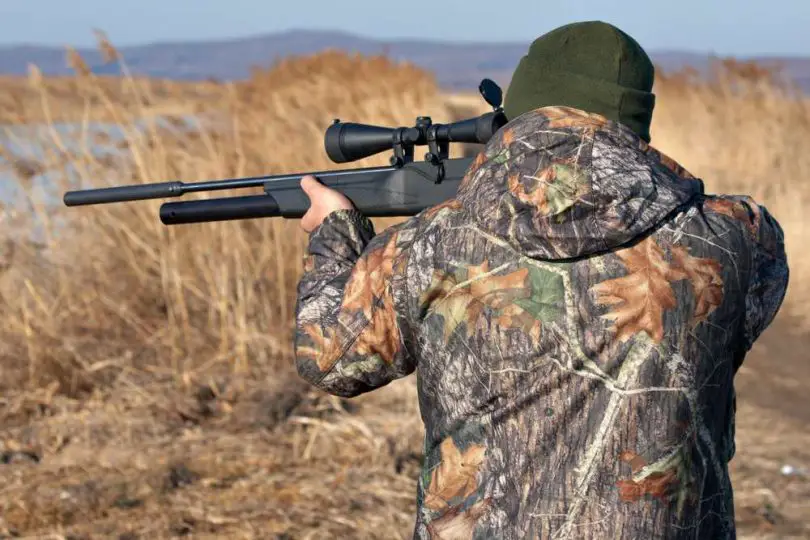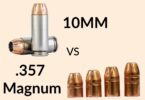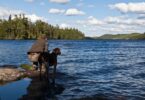The present variety in hunting equipment is the finest the industry has ever been. Hunters now can use materials and technology developed for mountaineering like never before. Moisture-wicking base layers, lightweight insulation, and breathable jackets have all become industry standards. Layering is essential for comfort while hunting, but it does not imply just stacking layers of clothes on your body and praying for the best. Each layer should operate as a system to hold the body heat, eliminate moisture, and protect against extreme weather.
Hunting Layering System Explained: Comprehensive Guide
The premise behind the layering process is that numerous thin layers of clothes hold heat considerably more successfully than fewer heavy layers, maintaining you warmer. Layering helps you to make rapid modifications dependent on environment and activity conditions, keeping you dry, warm, and comfortable.
If you feel chilly then add another layer, and when you feel overheated, take off a layer, it is as easy as that. Simply said, an efficient layering system allows you to effortlessly wear and remove layers, allowing you to adjust your internal temperature to fit the ever-changing external environment. The layering system consists of a base, a middle, and an outer layer.
Different Types of Layers for Hunting

1. Base layer
A good base layer absorbs perspiration and transports it to the material’s surface, where it should dry. If you don’t wear a moisture-wicking layer, your perspiration would accumulate around your body and make you feel cold and clammy. Or, even worse, uncontrollable shivering, which isn’t ideal for maintaining a steady aim. Begin your layering strategy correctly with an efficient base layer that absorbs moisture and sends it out on the cloth surface.
All base layers are classified as –
- Lightweight: Lightweight base layers are especially suitable for early-season hunting when temperatures are high or you are exerting a great deal of energy.
- Midweight: Midweight layers are preferable in colder weather or when your activity level will be a combination of resting and walking.
- Heavyweight: Heavyweight base layers are ideal for extreme colds, such as late-season hunting in the north.
If you’re bow hunting for elk in the highlands in the early season, you’ll most likely use a lightweight base layer underneath your hunting clothing. On the other hand, if you’re a deer hunter waiting in a setup in late November, you’ll want to use a heavyweight base layer.
2. Middle layer
The middle layer acts as an insulator, trapping your body heat and keeping you warm. Consider your preferred goose-down pullover. The plumage particles form hundreds of small air holes that are absorbed with your body heat.
While goose and duck feathers provide great insulation, they’re not like liquid off a duck’s back when used in industrial products. When authentic down feathers become wet, they stay wet, hence why they form a poor outer layer when exposed to rain. As a result, you must only use natural down beneath a waterproof layer. Wearing a synthetic intermediate layer, such as fleece, is another alternative. Although it is not completely waterproof, fleece doesn’t absorb water as easily as real down does.
3. Outer layer
The outer layer serves as your protective barrier, as well as your first line of protection against the environment. The outer layers are meant to withstand rain, wind, snow, and everything else Mother Nature throws at you. Outer layers must be constructed to endure the demands of difficult terrain such as tree branches, bushes, and other obstacles. When selecting an outer layer, keep weight and “compatibility” in mind since you want to be able to place it back in your backpack if you get too hot.
Layering System for Hunting Season
1. Early fall
Early-season hunts necessitate lighter clothing to get the most out of your hunting clothing layering system. Early in the fall, hunting conditions are typically more predictable. The main concerns are extremes in temperature, wind, and the possibility of rain. Also, the layering system will always be determined by the type of animal, the methods of hunting, and the location.
2. Late fall and winter
To get the most out of the hunting clothing layering method in the late autumn, you’ll need several pieces of clothing. Late-season hunting circumstances may be quite varied, ranging from warm, sunny, and 60 degrees to freezing, snowing, and 30 degrees in a matter of minutes. That necessitates a bit more flexibility and planning in terms of what you carry and pack. That generally results in many layers for maximum performance. It is generally dependent on the type of animals, technique of hunting, and region as well.
Layering System for Hunting Type
1. Spot-and-stalk hunting
Spot-and-stalk hunting is characterized by high-energy surges followed by moments of quietness, either tracking or stalking, and your gear should match this. These layering systems are essentially cold-weather camping clothing with an extra layer of insulation for whenever you need to stay quiet. You’ll want all of your layers to be comfortable and silent while still being sturdy enough for bushwhacking and rough terrain. That could be a difficult balance to achieve because you will need to alter layers based on effort and result. You want that all layers, including insulation and windproof, to function together and to be breathable to allow more exertion and to remain dry while sitting on an open, windy peak.
2. Treestand hunting
Your layers should be adequately insulated and have a silent face cloth with this type of hunting. Because hunters sitting on treestands in the cold are unlikely to remove any clothes, you’ll be swapping your layers less frequently. Keep in mind that your complete backside will be pushed up against the metal surface. A pair of insulated bibs placed over your other clothes can help keep the wind out of openings in your sitting posture, and many treestand-specific bibs include additional insulating sections on the back.
3. Waterfowl hunting
Waterfowl is a place where you become very cold very quickly. Jump shooting will make you warmer than waiting in a cover, but it’ll be a less intense exercise than traveling over the hills. The breeze off the water could be brutal, so dress in windproof layers from top to bottom. While waterfowl hunting, you must not only remain warm but also dry, which adds to the complexity of your layering system.
Layering System for Hunting Tips
- Regardless of what’s on your carrying list, synthetic materials and merino wool are the go-to materials. Cotton offers no insulation if wet, so avoid it at all costs. It absorbs humidity and gets heavy as well. New synthetic materials and merino wool drain moisture, dry rapidly and keep their insulating qualities even when wet.
- If you’ve invested in breathable footwear and rain equipment, putting cotton socks and base layers below will almost certainly render them useless. Cotton absorbs moisture and prevents the breathable layer from functioning properly. Moisture-wicking materials will maintain your breathable outerwear working properly.
- Hats, stockings, gloves, and a few more accessories round out any layering system. High-grade merino wool or a mixture of synthetic merino is quite difficult to overcome. Merino material absorbs moisture away from the skin that helps prevent blisters. We also recommend hunters not to bring brand-new footwear on a hunt. If you intend on purchasing new boots, make sure to put some miles on them before your trip. If your footwear doesn’t fit well or have other issues, you don’t wish to find that out when you’re in the middle of nowhere.









Leave a Comment